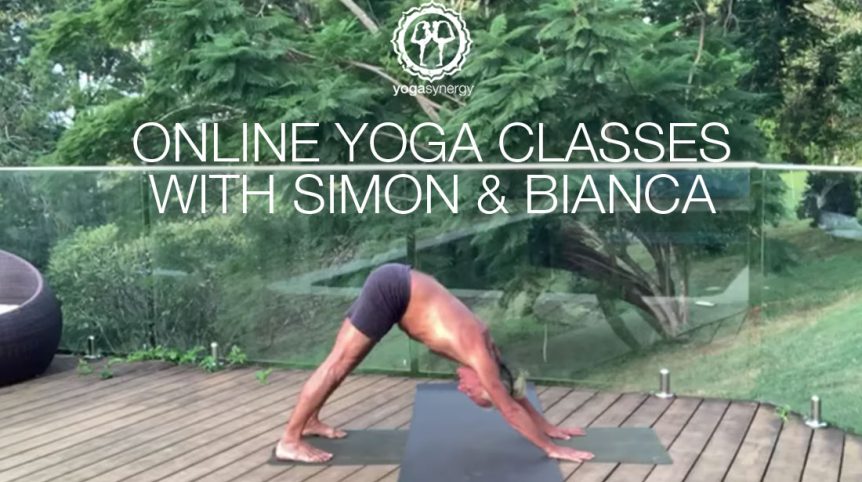This short video is part of a class I am about to upload to our Synergy class membership site. Bianca Machliss and I are regularly uploading both instructional and flow-through classes – Please see our Online class pass for details.
I received the following QUESTION:
“I am confused about how to do ‘Downward-facing dog posture’.
In Ashtanga Vinyasa we are often told round out our back (spinal flexion) so that we can see our naval (the dristhi). However, in the Iyengar system, we are often instructed to push our sitting bones upwards and bring our chest closer to the floor. Which is the correct version to teach and practice?
ANSWER– I feel that original teachers of both these systems probably have their reasons for teaching ‘Downward-facing dog posture’ their own way. No version of any posture can ever be said to be wrong as such, but it is more to do with your purpose. If your purpose is to develop calmness with effortless strength without compromising ligaments and joints then we suggest the following instructions which are similar to those from Ashtanga Vinyasa:
* Push your sitting bones DOWN
* Lift the top of your hips UP
* Lengthen & relax your lower back
* Lift your front ribs AWAY from the floor
* EXPAND your abdomen so you can gaze at your navel
* Breath into your ABDOMEN
* Breath out passively from your chest
*** The above version of the posture still gives flexibility and strength but without the stress, tension, and risk of damage that can be created if you reverse these instructions above as many people tend to do, and as i describe below).
*** Many people, teach the following version below with the exact opposite instructions, and that may seem like what Mr Iyengar was teaching (although I personally never heard him speak like this). I wouldn’t call it wrong, as it can be beneficial for stretching, but can cause over-stretching and does not promote strength in the muscles and joints.
* Push your sitting bones UP
* Move the top of your hips DOWN (fold forward more at your hips)
* Shorten & Tense your lower back (this is an effect of the first two instructions & not often spoken)
* Move your front ribs TOWARDS the floor
* CONTRACT your abdomen inwards & bring your navel to your spine
* Breath out from your ABDOMEN
* Breath into your CHEST
*** This second method give lots of stretch and tension but with that comes stress, risk of injury, weakness and reduced blood flow usually resulting in higher heart rate.
Share this Post

